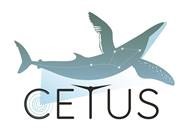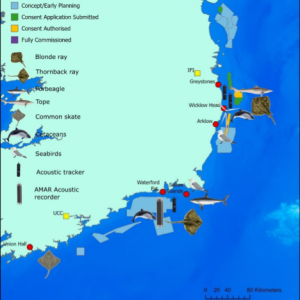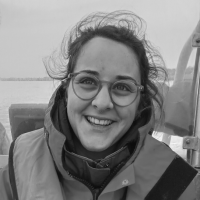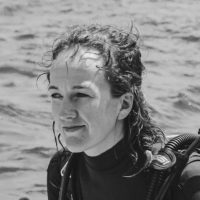
CETUS

- Title
-
CETUS: Cetacean, Elasmobranch, Turtle, and Seabird distribution modelling platform supporting the sustainable development of offshore renewable energy
- Start Date
-
April 2022
- End Date
-
April 2026
- Funding Body
-
SEAI – Sustainable Energy Authority of Ireland
- Coordinator
-
UCC
- Project Partners
-
Inland Fisheries Ireland IFI
- Principal Investigators
-
Dr Tom Doyle, Dr Mark Jessopp, Dr Emer Rogan, Dr Damien Haberlin
- Project Manager
-
Dr Tom Doyle
- Research Area
-
Elasmobranch Ecology and Renewable Energy
Introduction
Irish maritime waters are home to a rich diversity of megafauna (e.g., cetaceans, seabirds, and elasmobranchs) and will by the year 2030 also contain 5 GW of ORE devices. To understand the potential for interactions between megafauna and ORE devices, CETUS aims to find and compile all available datasets on sensitive megafauna species (cetaceans, elasmobranchs, turtles, and seabirds) and build a national standardised database which can support visualization and mapping of species distributions. Data pertaining to megafauna and the wider foodweb will be sourced from national institutes and agencies (e.g., Marine Institute, INFOMAR, ICES, OSPAR, Inland Fisheries Ireland), from previous projects and surveys (SCANS, OBSERVE, KOSMOS, ESAS, Irish Sea Turtle Project) and previous tracking studies. The database will be connected to high performance cloud computing platform (Blue Cloud) which will support visualisation and analysis of species distributions, behaviours, and movement patterns. The platform is also connected to existing EU data infrastructures (e.g., Copernicus) and will support a comprehensive multi-species modelling approach to determine the environmental drivers of distributions, behaviours, and movement patterns (e.g., foraging hotspots, common migration patterns). CETUS aims to close identified knowledge gaps on selected at risk species with targeted biotelemetry studies using satellite tagging equipment (elasmobranchs and seabirds), acoustic tagging equipment (elasmobranchs) and bioacoustics recorders (cetaceans). Lastly, CETUS will carry out a synthesis of all data to determine spatial and temporal overlap with existing and planned ORE installations.
Aim
The primary objective is to use existing national datasets with biotelemetry and bioacoustic studies to gather novel data on the movements, behaviours, and habitat preferences of sensitive and non-commercial species. A key objective of CETUS is to close knowledge gaps on selected at risk species with targeted biotelemetry studies using satellite tagging equipment (elasmobranchs and seabirds), acoustic tagging equipment (elasmobranchs) and bioacoustics recorders (cetaceans).
Team Members Outside MaREI
Photo Gallery









